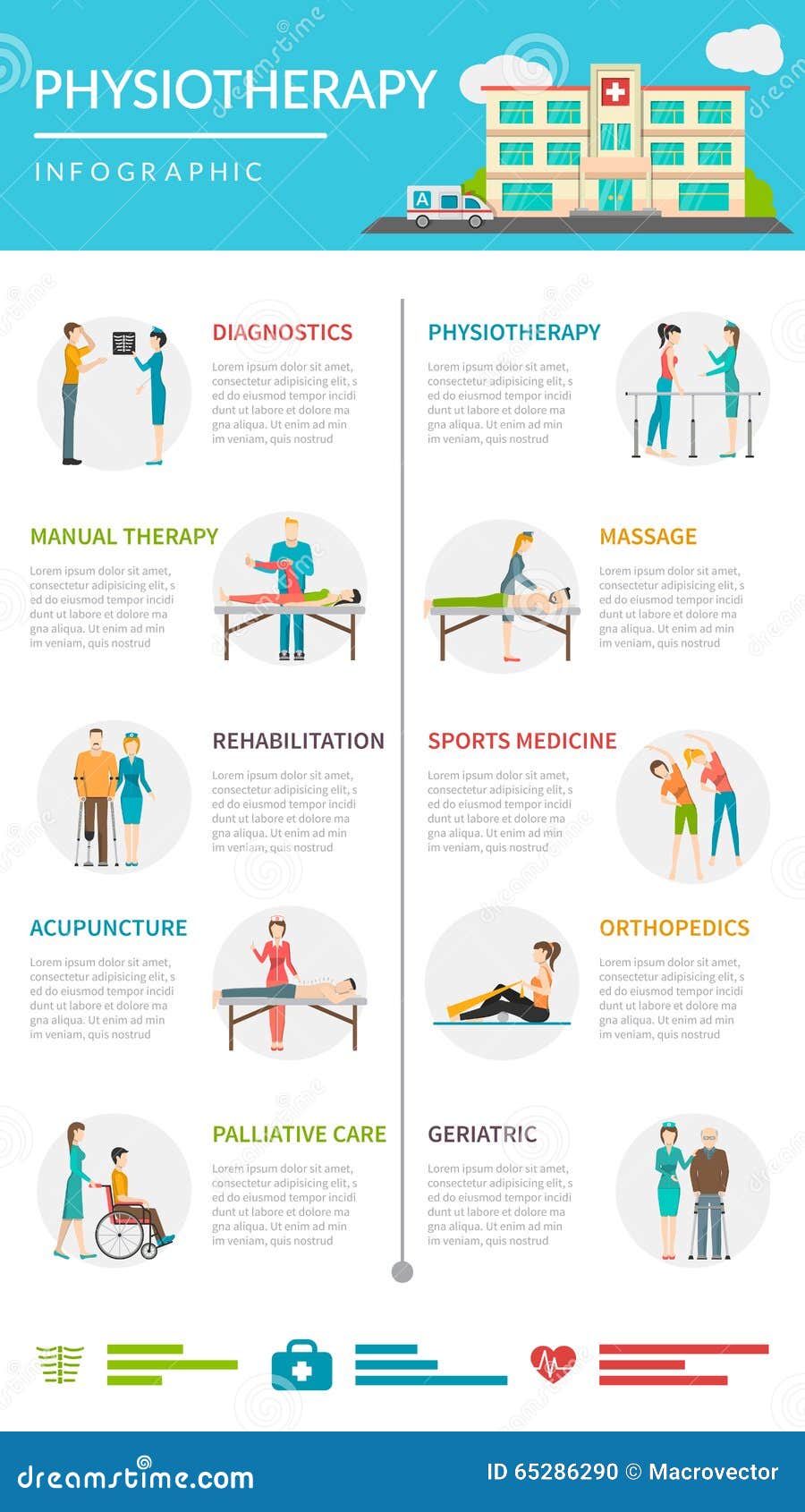Trick Daily Routines That Result In Pain In The Back And Exactly How To Mitigate Their Results
Trick Daily Routines That Result In Pain In The Back And Exactly How To Mitigate Their Results
Blog Article
Post Produced By- mid lower back pain
Preserving proper posture and staying clear of typical mistakes in daily tasks can substantially affect your back health. From how you rest at your workdesk to just how you lift hefty objects, small changes can make a huge distinction. Think of a day without the nagging back pain that hinders your every step; the option may be less complex than you believe. By making a few tweaks to your daily habits, you could be on your means to a pain-free presence.
Poor Posture and Sedentary Lifestyle
Poor position and an inactive way of life are 2 significant factors to back pain. When you slouch or hunch over while sitting or standing, you placed unneeded strain on your back muscles and spine. This can result in muscle inequalities, stress, and ultimately, chronic back pain. Furthermore, sitting for extended periods without breaks or exercise can damage your back muscles and bring about stiffness and pain.
To deal with poor pose, make a mindful effort to sit and stand directly with your shoulders back and aligned with your ears. Remember to maintain your feet level on the ground and stay clear of crossing your legs for extended durations.
Incorporating routine extending and strengthening workouts right into your daily routine can likewise assist enhance your stance and alleviate neck and back pain related to an inactive lifestyle.
Incorrect Training Techniques
Inappropriate lifting techniques can significantly add to back pain and injuries. When you raise hefty objects, remember to bend your knees and use your legs to lift, as opposed to relying on your back muscular tissues. Stay clear of turning your body while training and keep the item near your body to decrease stress on your back. It's critical to keep a straight back and stay clear of rounding your shoulders while lifting to prevent unneeded stress on your spine.
Always analyze the weight of the item before raising it. If it's too heavy, request for assistance or use devices like a dolly or cart to deliver it securely.
Remember to take breaks during raising tasks to offer your back muscles a chance to relax and stop overexertion. By executing proper training techniques, you can protect against pain in the back and decrease the risk of injuries, guaranteeing your back remains healthy and strong for the long-term.
Absence of Routine Workout and Extending
A less active way of living devoid of routine workout and stretching can substantially add to pain in the back and discomfort. When backache do not participate in physical activity, your muscles become weak and stringent, causing inadequate pose and boosted stress on your back. Regular exercise aids strengthen the muscular tissues that sustain your spine, boosting security and lowering the threat of back pain. Integrating stretching into your routine can also boost flexibility, preventing rigidity and discomfort in your back muscular tissues.
To stay clear of pain in the back brought on by a lack of exercise and stretching, aim for at the very least half an hour of modest physical activity most days of the week. Consist of workouts that target your core muscles, as a strong core can aid alleviate stress on your back.
Additionally, take breaks to stretch and move throughout the day, particularly if you have a workdesk job. Straightforward stretches like touching your toes or doing shoulder rolls can assist ease tension and protect against pain in the back. Prioritizing routine workout and extending can go a long way in maintaining a healthy and balanced back and decreasing discomfort.
Conclusion
So, remember to stay up right, lift with your legs, and stay active to prevent back pain. By making straightforward changes to your daily practices, you can stay clear of the discomfort and limitations that feature neck and back pain. Take care of your spinal column and muscle mass by practicing excellent stance, correct training strategies, and regular exercise. Your back will thanks for it!
